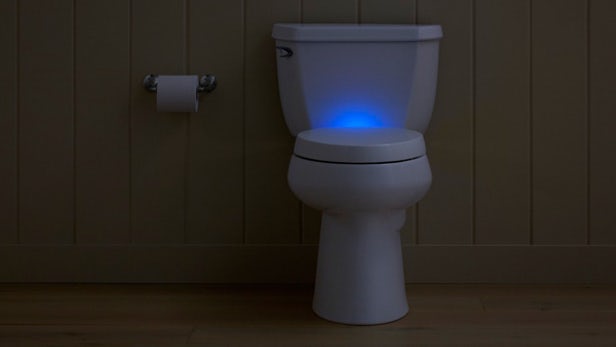Although toilets have a longer lifespan than other home appliances, they will need to be replaced eventually.
Here are a few signs it’s time for a new toilet.
Multiple Repairs
Most toilets have a lifespan of fifty years, so it may seem like replacing a toilet isn’t necessary. But how many times have you had to repair it over the years?
Like many appliances, toilets become less reliable as they age. Older toilets require periodic repairs to the fill valve or flapper, which wear out with regular use over time. And while many of these repairs are relatively cheap if you do them yourself, a cracked tank, recurring water leak, or chip in the porcelain are more significant and can add up.
In the case of a subtle and recurring leak that may have gone unnoticed for several months, there’s the cost of all that water that flows down the drain before fixing it.
Installing a new toilet will ensure you won’t need to make repairs for at least a few years and can save you money in terms of repairs and efficiency in the long run.
Inefficiencies
Did you know that 47% of all water is used in the bathroom? A significant amount of that water is used when flushing the toilet – especially older models that require a lot more water per flush.
The federal government currently regulates that toilets can flush a maximum of 1.6 gallons of water. Older toilets often use significantly more than that – some up to seven gallons per flush.
Putting in a new, more efficient toilet will save a significant amount of water. As a result, a new toilet will pay for itself relatively quickly because of the savings on your water bill.
Deteriorating porcelain
Although issues with components in the tank of your toilet may seem like the biggest hassle, it is nowhere near as serious of a problem as a deteriorating porcelain toilet bowl.
Even a small, hairline fracture can lead to a significant flood, potentially destroying your bathroom and toilet. When you notice a crack, the biggest concern is if you observe any leakage when you flush the toilet.
If you see a leak, it’s probably time for a new toilet.
Frequent clogging?
Not only is frequent clogging a hassle, but it may also be an indicator of an inefficient unit.
Older toilets may not have the same flush force as today’s models, requiring multiple flushes and a lot of wasted water to avoid a clog. And, if these toilets use more water than a newer unit, the cost can be high.
Also, today’s models benefit from modern engineering and employ larger flush valves and trapways for better functionality.
Scratches and Chips
Even though your toilet is functioning, it may be showing its age. Maybe you’ve redone your bathroom, but neglected to replace the toilet because it was still working.
You see that scratch or chip every time you enter the bathroom, and it’s detracting from the other improvements you’ve made to modernize.
Replacing the Bathroom Flooring?
If you’re replacing the bathroom floor and have a toilet that is showing its age, you may want to consider getting a new one.
That’s because the toilet sits on top of the flooring and will have to be removed and replaced anyway. This makes it a perfect time to upgrade to a newer, more efficient model – whether you’re installing the new toilet yourself or having it done professionally.
Need help repairing an old toilet, or getting a new one? Contact the experts at Agentis; we’re ready to help.

